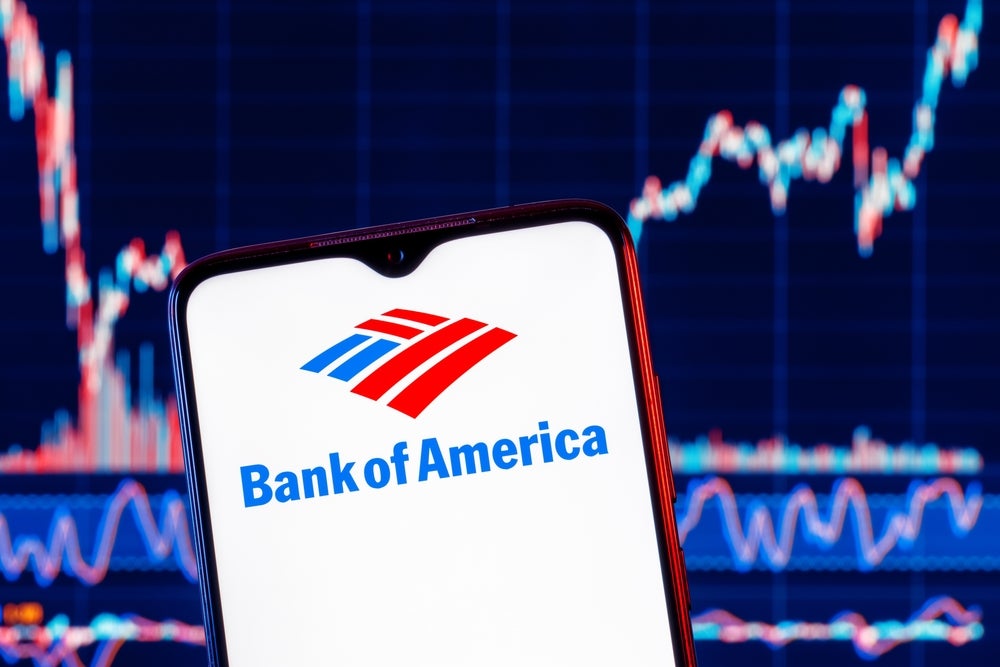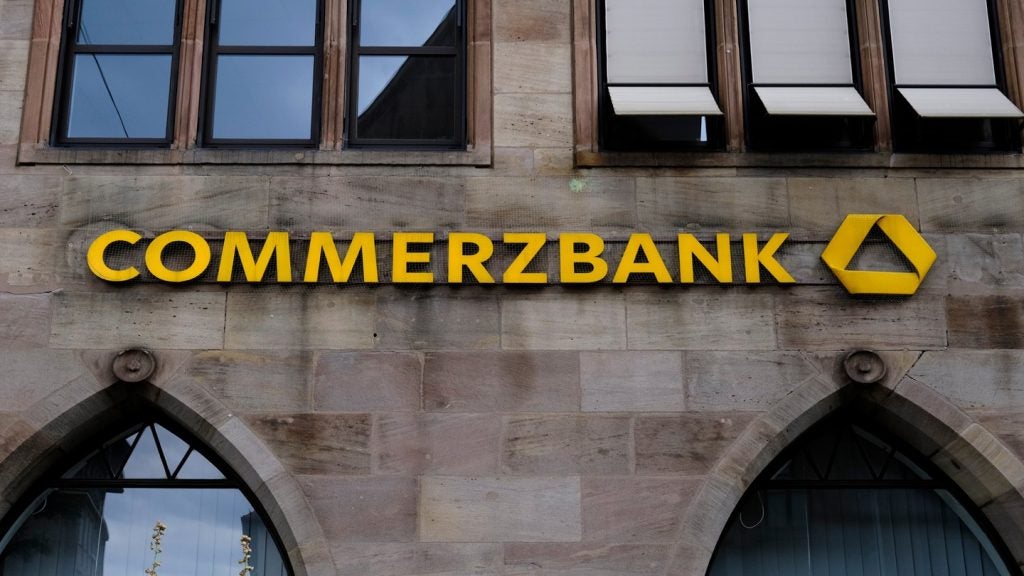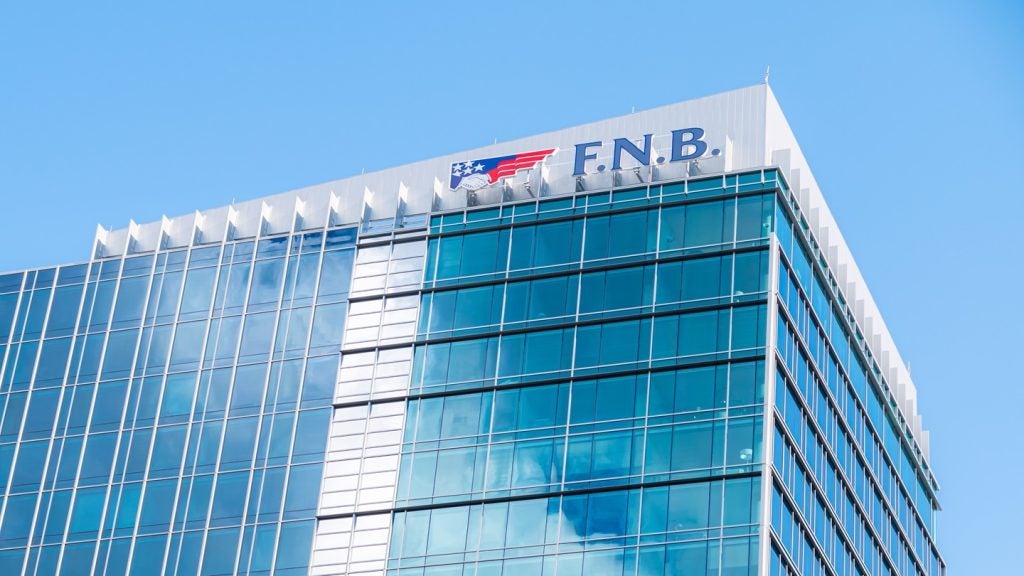With advanced technologies shaking up the supply chain world, we’re witnessing a massive transformation underway in the trade and working capital financing landscape.
In the next ten years, global trade is projected to reach $32.6trn by 2030. As India is becoming more of an industrial economy, the country has also set an aspiring target of achieving $2trn in exports by 2030.
India’s ‘Bharat Trade Net’ (BTN)—a Digital Public Infrastructure (DPI) dedicated to international trade—is an ambitious initiative for trade finance and is expected to strengthen the country’s positioning across global trade corridors. By simplifying export processes and enhancing credit accessibility, the objective of BTN is to position India as a global force dominating exports worldwide.
Taking stock of the trade finance shortfall
One of the perennial features of the global trade finance landscape is ‘demand outstripping supply.’ Goods and finance flows continue to be decoupled, burdening players across the trade ecosystem.
With the trade finance gap on the rise, reaching $2.5trn in 2022, 67% of borrowers are planning to switch up their roster of finance partners in the next 12 months.
Trade finance often falls short for the millions of smaller businesses driving the global economy. As such, there is an urgent need to speed up credit approvals and tailor working capital distribution. Small and Medium Enterprises (SMEs) should be able to access pre-qualified trade finance assets that fit their mandate globally.
Moreover, there is a growing gap between trade finance products offered by banks and what clients want. From pre-shipment to purchase order financing, there is an underserved and rising need for real-time, contextual trade financing solutions, particularly among SMEs in the lower tiers of the supply chain.
Add to that, the complexity of trade finance is a wake-up call for banks to view technology as an enabler that can transform cost structures, develop completely new propositions, and pave the path to engage with clients in innovative ways.
Owing to numerous moving parts often causing delays in operation, the digital integration of services in international trade presents a massive opportunity for all stakeholders in the ecosystem. By combining documentation and financing on a single platform—BTN’s unified data ecosystem has the potential to revolutionise supply-chain efficiencies.
BTN to define a new era in trade finance
At a time when there is a widening gap between trade finance offerings and client needs—India’s Union Budget 2025 introduced the DPI-powered Bharat Trade Net.
As a unified platform for trade documentation and financing solutions, BTN will be designed with a framework that will complement the Unified Logistics Interface Platform. It is aligned with international trade practices and is being hailed as a landmark move by India’s government with the potential of offering trade finance solutions that match the real-time needs of global trade.
BTN is expected to become operational in the next 2 to 3 years and is said to digitise over 30 trade documents, such as Bills of Lading and Promissory Notes, for secure electronic issuance, transfer, and storage. It is anticipated to facilitate a more agile and responsive trade finance environment, catering to the dynamic needs of global commerce.
Inspired by the phenomenal success of India’s Unified Payments Interface (UPI), the government plans to bring in a similar unified system for international trade. Replicating this success in the trade sector requires bringing together various stakeholders, including the Reserve Bank of India (RBI), banks, shipping lines, ports, and airports. Collective action from these entities will help in laying the groundwork for an integrated trade ecosystem that streamlines cross-border trade processes. The complexity of international trade stems from dealing with 30-plus agencies and manually entering about 5,000 data points. BTN aims to address this inefficiency through full digitisation of trade documentation and seamless interoperability among stakeholders. This integration will support embedded financing, allowing exporters and importers to access export credit and other financial services in real-time within the trade process.
Unleashing the potential of embedded trade finance
Gaps in trade finance provision are among the top three export obstacles for 50% of the world’s countries. This means making progress in this area is crucial not only for encouraging growth in trade but also for India’s economic development and inclusivity.
Backed by a standardised and transparent data infrastructure, BTN will empower the financial services sector to offer more timely and contextual trade financing options. Further, BTN is expected to reduce trade-related costs and make Indian exports more competitive globally.
With BTN, financial institutions and fintechs can cater to trade financing needs—when and where needed. Here are a few expected benefits:
- By leveraging real-time data, financial institutions can assess risks more accurately and provide timely credit to exporters and importers.
- Transactions can be evaluated as they happen, ensuring faster lending decisions.
- Automated data flows will significantly cut down on manual verifications and processing times.
- Corporates and their SME suppliers can access embedded financing options directly within their existing trade platforms.
- Businesses can gain quick funding to meet payment obligations and keep operations on track.
- Stakeholders in global trade can meet compliance needs through seamless, secure data exchange.
The trade finance market is ripe with opportunities for banks and fintechs
Promising to bridge the gap between trade transactions and financing, the DPI-powered BTN platform will create a seamless experience for all parties involved. The efficiency gains from the platform will boost India’s trade volume and make it easier and more cost-effective for businesses to engage in international markets.
Fintechs are also launching SCF programmes designed to succeed even when other trade finance options are limited, allowing mid-market buyers to strengthen their working capital flows and secure liquidity through optimising payment terms with suppliers or customers. In the months to come, we will see how banks increase their volumes of supply-chain finance assets and move away from traditional documentary credit methods.
By enabling greater collaborations between banks and fintechs, Bharat Trade Net will act as a catalyst for embedded trade finance. The development of BTN will bring financing closer to the point of trade, resulting in a significant leap towards a more integrated and efficient global trade ecosystem.

Nirav Choksi is CEO & co-founder of credAble








